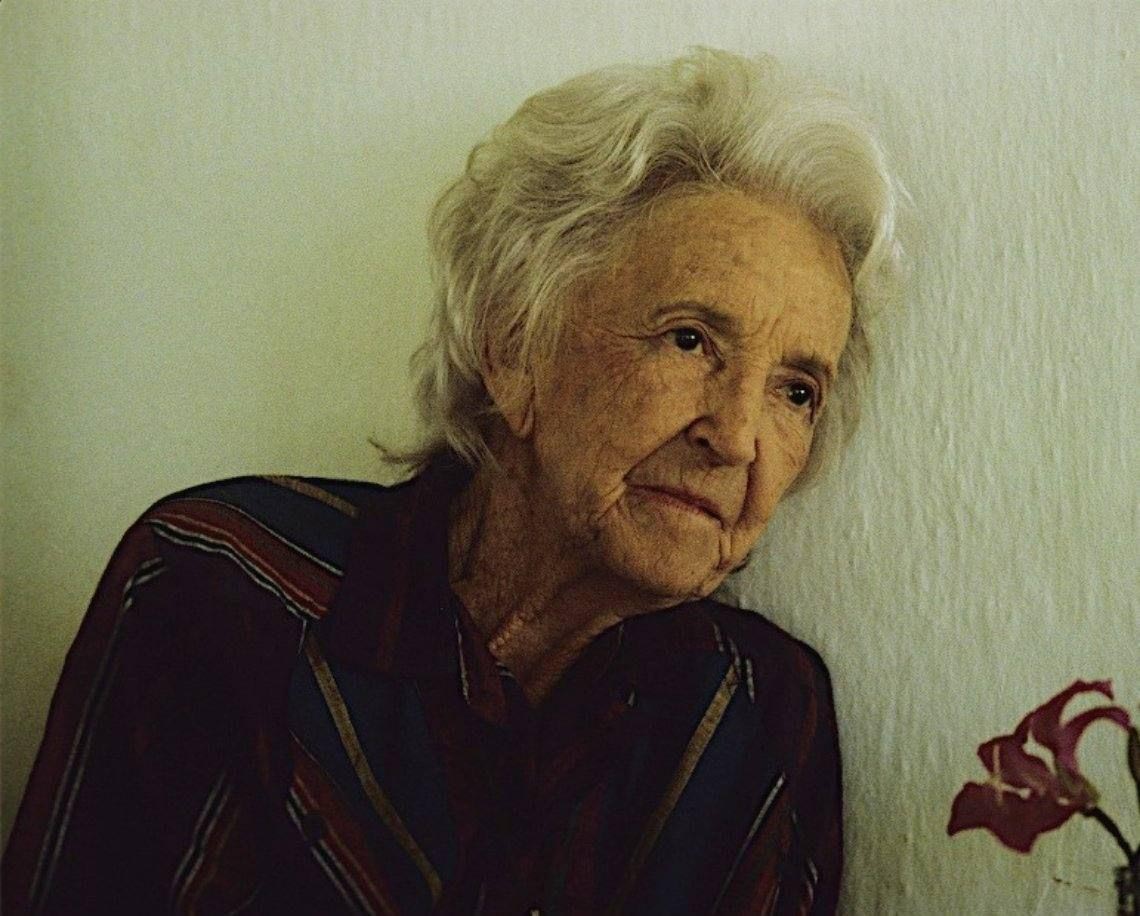I saw my land in the morning
And O but she was fair
The hills flared upwards scorning
Death and failure here.
I saw through the mists of morning
A wave like a sea set free
Faith to the dawn returning
Dark tide bright unity.
I saw my friends in the morning
They called from an equal gate
“Build now: whilst time is burning
Forward before it’s late.”
The old Gods awake
Past and future break
On as the voices roll
Move as a single whole
Forward
Forward
Forward
O country to your goal.
MG Smith
Jamaican Fisherman
Across the sand I saw a black man stride
To fetch his fishing gear and broken things,
And silently that splendid body cried
Its proud descent from ancient chiefs and kings.
Across the sand I saw him stride:
Sang his black body in the sun’s white light
The velvet coolness of dark forest wide,
The blackness of the jungle’s starless night.
He stood beside the old canoe which lay
Upon the beach; swept up within his arms
The broken nets and careless lounged away
Towards his wretched hut beneath the palms,
Nor knew how fiercely spoke his body then
Of ancient wealth and freeborn regal men.
Sir Philip Sherlock
Kyk-Over-Al in British Guiana was one of five literary magazines in the Caribbean that were important partners to the shaping of West Indian literature in the first half of the 20th Century. Not only were they stimuli for the writers of that era and companions to the developing literature, but they extended the frontiers of form, independence, and identity.
The other four magazines were Trinidad and The Beacon in Trinidad, Bim in Barbados and Focus in Jamaica. Only two were long-lasting. Bim, founded in 1942 and edited by Frank Collymore, benefited from efforts to preserve it and was still being published more than 40 years later. Kyk-Over-Al, founded by the BG Union of Cultural Clubs in 1945, jointly with the BG Writers Association and edited by AJ Seymour, had a long, unbroken run until 1961 when it ceased. But it was revived in 1984 when Ian McDonald became joint editor with Seymour. When Seymour died in 1989, McDonald continued as sole editor until he was joined by Vanda Radzik as co-editor, helping the journal to survive, sporadically, well into the 2000s.


